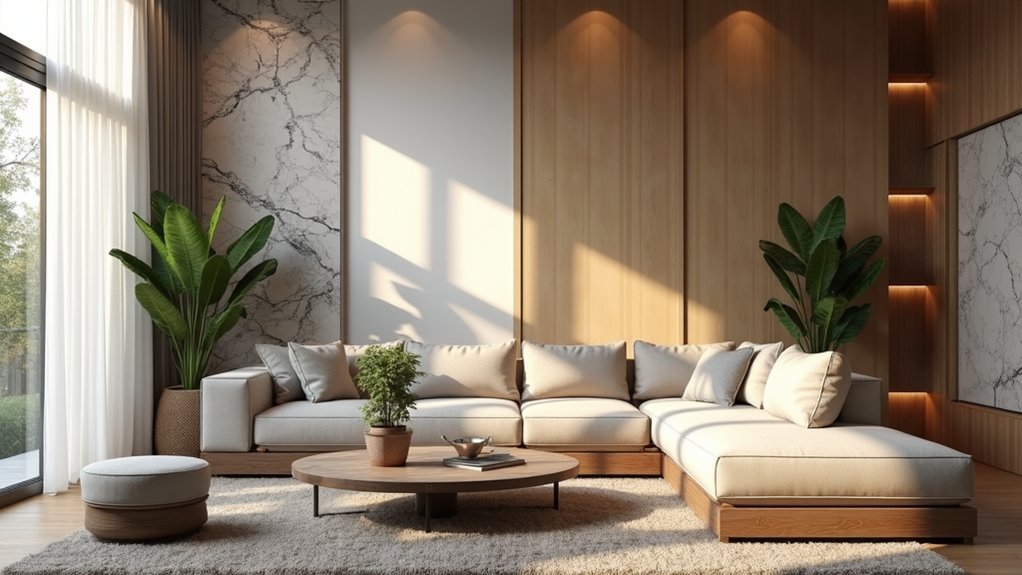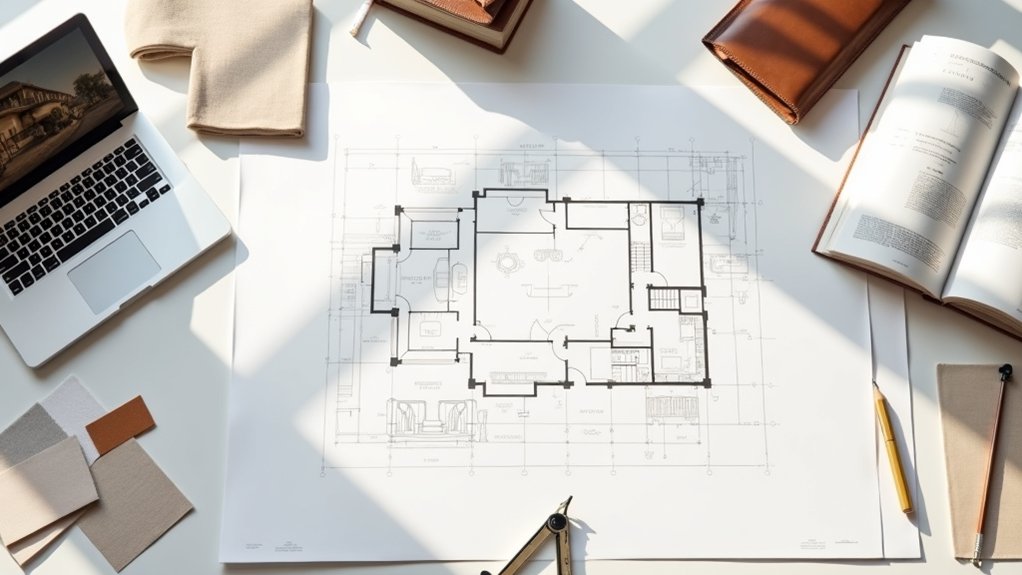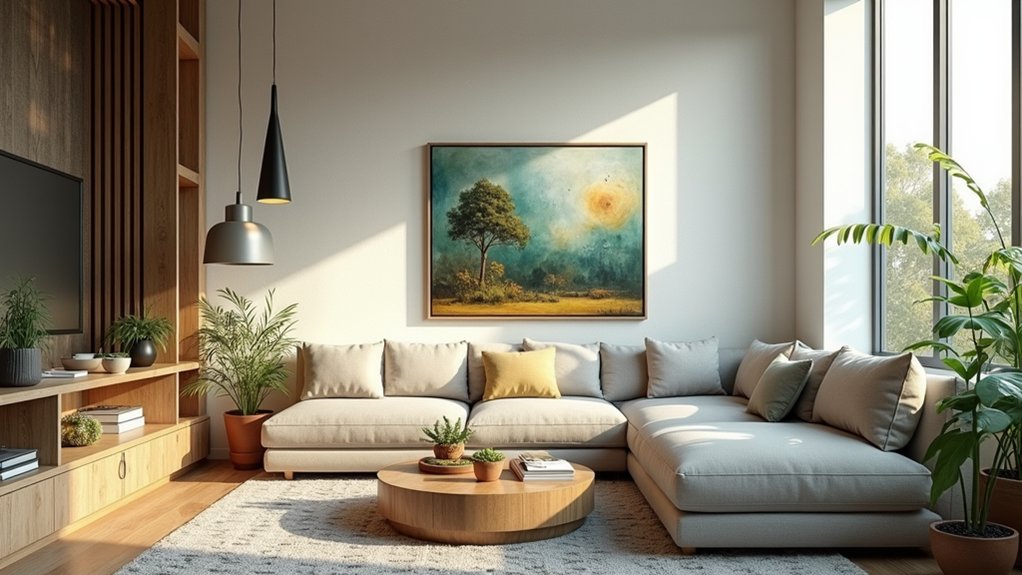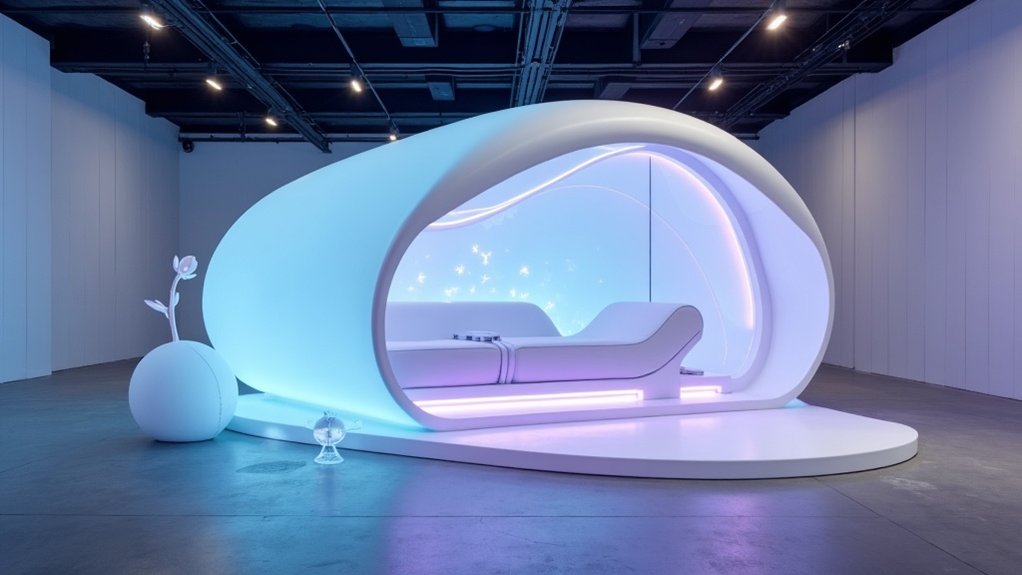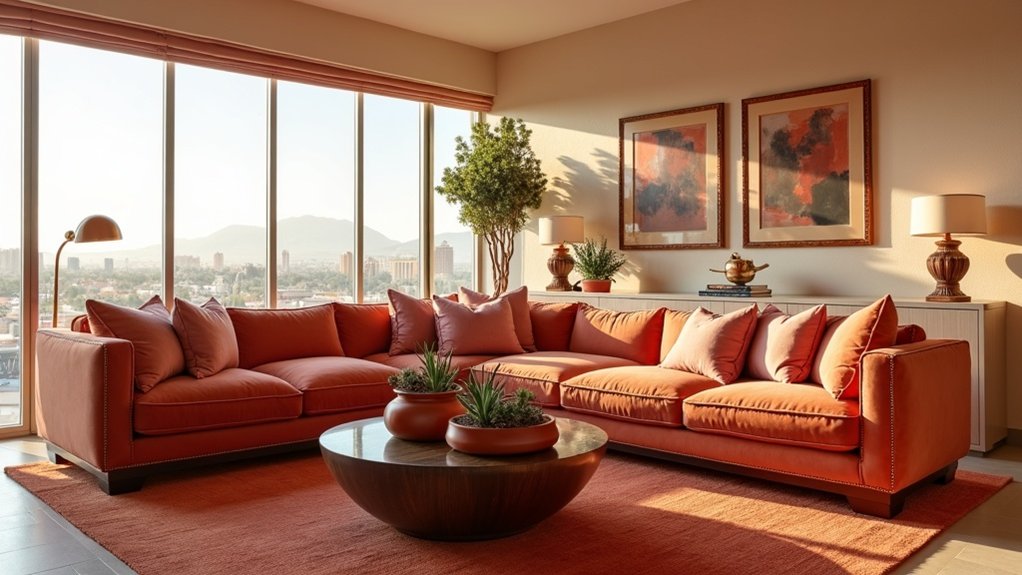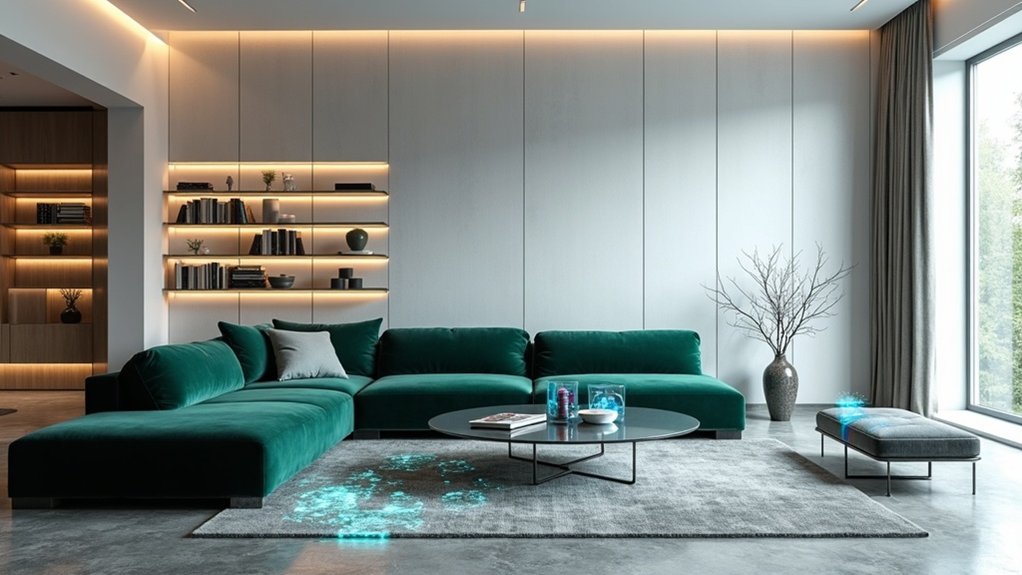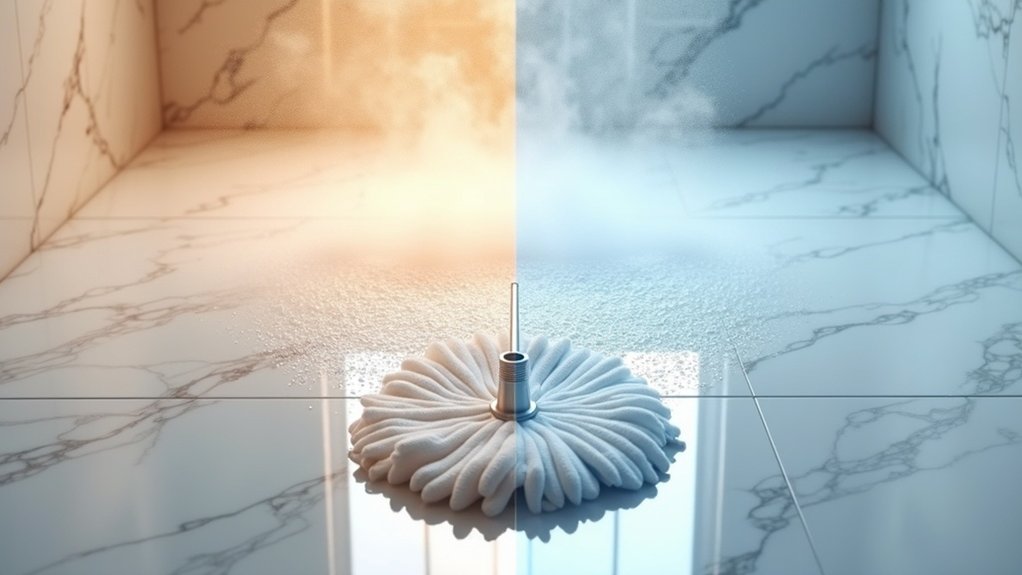The symphony of human perception operates through multiple channels simultaneously, each sense contributing distinct information that the brain weaves into a unified understanding of the world. Effective sensory design requires practitioners to acknowledge this complex orchestration while avoiding the common pitfall of overwhelming users with excessive stimulation. Recent advances in multisensory integration research reveal that the brain continuously processes environmental information through overlapping modalities, suggesting that designers should rarely focus on a single sensory channel in isolation.
Professional designers increasingly recognize that strong knowledge of sensory receptors and their unique processing characteristics forms the foundation of effective spatial experiences. Each sense possesses distinct bandwidth limitations that influence how individuals intake and integrate information from their surroundings. Visual and auditory cues, when properly balanced, improve communication clarity and provide crucial context for navigation and interaction. Furthermore, biophilic design elements can enhance sensory experiences by integrating natural components that appeal to multiple senses.
Understanding sensory bandwidth limitations enables designers to create balanced spatial experiences that enhance communication and navigation.
Nonetheless, the challenge lies in harmonizing these elements without creating sensory overload, a phenomenon that diminishes effectiveness and can alienate users with sensory processing differences.
Evidence-based research methods, including user interviews and observational studies, have become indispensable tools for gathering reliable sensory insights. Peer-reviewed literature provides critical validation for design concepts, while repeated prototyping based on user feedback minimizes the risk of assumption-driven errors. Empathy mapping techniques help designers evaluate sensory preferences across diverse user populations, ensuring inclusivity for individuals with varying sensory abilities and processing styles.
Innovation in sensory design often emerges from cross-disciplinary experimentation with emerging technologies like virtual and extended reality platforms. These tools expand the possibilities for creating immersive experiences while presenting new challenges in managing sensory balance. Strategic layering of sensory inputs supports memory retention and emotional engagement, particularly when designers employ narrative structures that guide users through carefully orchestrated journeys. Successful implementation requires targeting specific senses deliberately rather than attempting to stimulate all modalities simultaneously, allowing designers to evaluate the effectiveness of each sensory element within the overall experience.
The most successful sensory environments prioritize task-relevant information while respecting attentional capacity constraints. By focusing on key sensory elements and avoiding redundancy, designers create unified experiences that improve usability without interfering with perception. Similar to how informatics enhances research efficiency by integrating technology with user needs, sensory design must balance technological integration with human perceptual capabilities to create truly functional spaces.
This evidence-based approach transforms spaces into environments that accommodate the continuous, dynamic nature of human perception while nurturing deeper cognitive and emotional connections between users and their surroundings.
